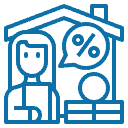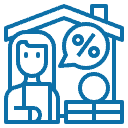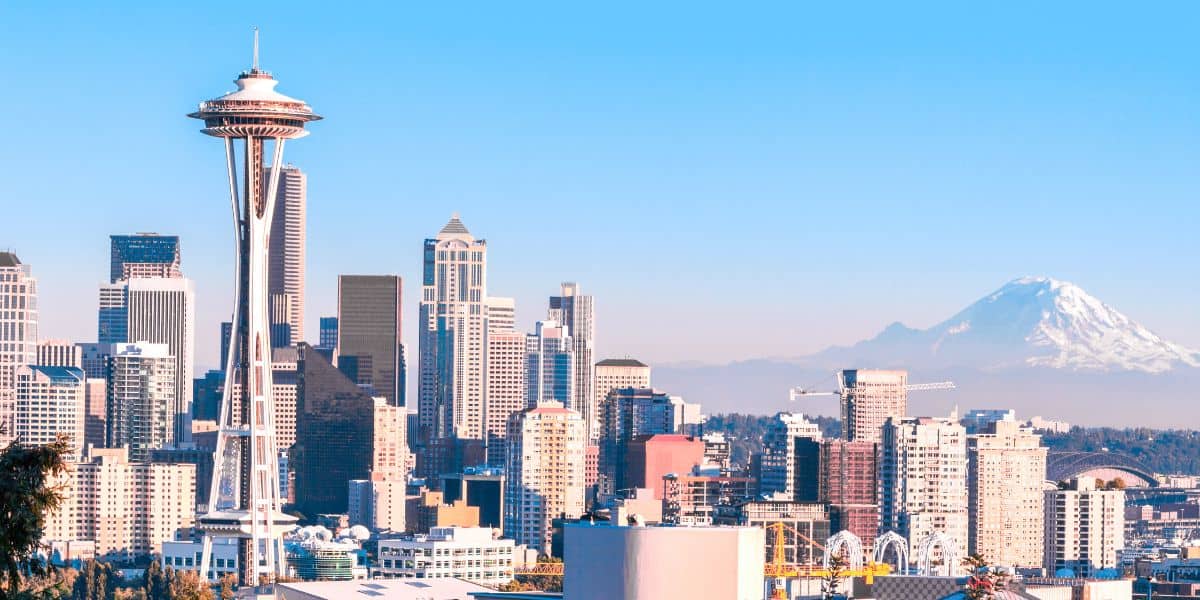Curb appeal affects a small part of your property’s value but when it comes to influencing tenant’s rental decisions and tenant satisfaction, it packs a surprisingly large punch. Surveys from real estate companies around the United States consistently show that curb appeal impacts buyer and tenant decisions, the perceived value of the home, and can boost the satisfaction and mood of tenants in the apartment. Most importantly for investors, curb appeal doesn’t have to be expensive. The following tips can help you to improve the curb appeal of your multi-family and apartment buildings.
Going Local
Most curb renovations include plants or trees. In this case, it is always best to get a recommendation from a local nursery based on the best trees, shrubs, or plants to use in your area. You want low maintenance, long-lived plants that require minimum care, but stay green for as much of the year as possible. Choosing native shrubs and trees rather than imports helps to reduce the amount of care, water, and extra attention you have to give to your trees in order to ensure that they survive. The Starflower Foundation maintains a list of native plants and shrubs
The Basics of Curb Appeal
Clean – Cleaning the outside of your property can do a lot for the appearance of your home, and it’s one of the most affordable things you can do. Spend extra time on walkways, porches, doors, and fences, because tenants will spend more time there than anywhere else.
Green – Green plants, shrubs, and trees are attractive, inexpensive, and, if you choose local varieties, typically very easy to care for. However, it is important that any plants or trees be well established in the yard before you show tenants. You can usually avoid most flowers, because they only flower for short periods, require more maintenance, and special care. Instead, look for flowering shrubs and bushes, which last longer, and require less maintenance.
New – You can survey your property and immediately schedule anything that looks old or worn for replacement, repair, or removal. In the case of lawn furniture and outdoor decorations, it is better to not have any than for it to be in poor condition. You can apply the same theory to anything in the lobby or garden for apartment buildings.
Invest in Lawn Care
If you aren’t already, investing in periodic lawn maintenance, other than regularly mowing your grass, can improve the condition and appearance of your lawn. In short, if you have plants, shrubs, and grass, they should be green for most of the year.
- Sprinklers – Sprinklers are a low cost investment that keeps your trees and your lawn watered, so that they stay green. They’re also a time saving option for tenants, who won’t have to water themselves. These are especially important for apartment buildings, where tenants want to know that your lawn is a permanent fixture.
- Weeding – Regular weeding can help to keep your property in good shape, and improves the curb appeal. If you don’t want to pay to have your property weeded while it’s vacant, make sure you handle it one or two days before a scheduled showing.
- A Gardener – If you have a large number of multi-family homes or a large apartment building, hiring a gardener for weekly maintenance can be a cost effective choice, because paying for lawn care is significantly cheaper than replacing dead plants.
Outdoor Lighting – Offering a small amount of outdoor lighting on pathways, in back yards, and in communal areas can make a big difference to the desirability of your property. Outdoor lights typically run at $10-$50 for budget options.
Paint – Old doors, window frames, and shutters look old, but fixing them is often a matter of putting on a new coat of paint. In the case of the doors, if they’re older than 15 years, you can usually replace them for under $100. You can paint the houses as well if the paint is peeling, old, or ugly, but usually small touches here and there are enough.
Fix Walkways – Walkways are the first places that show signs of wear and tear, and one of the places where you will spend the most time on maintenance. Unsightly walkways with tree stumps or cracks in pavement can be a turn off and can be inexpensive to repair. You can hire a contractor to do the work for you, or use a DIY solution from a local hardware store depending on your budget.
Fixtures – Replacing fixtures such as porch lights, hardware on doors, and mailboxes can be cost effective, easy, and greatly affects your curb appeal. Even swapping out old, dingy house numbers on units can improve the look and feel of your home. House numbers start at as little as $10, while doorknobs, mailboxes, and lights can be found between $20 and $50.
Create Space
Most renters value space, in the yard and in their home. You should work to create it to boost curb appeal. In most cases this means avoiding clutter, keeping the majority of shrubs and trees to the borders of lawn and garden areas, and using beds and boxes to add extra dimensions to areas that you do plant. It’s also important to divide yard and garden areas on for multi-family homes. Wooden panel fencing is typically affordable at local stores like Lowes, where panels start at around $18 each, and installs within a day.
Boosting your curb appeal means paying attention to how your property looks, what it looks like, and what you can change to improve it. And, even if you have a lot of multi-family homes, you don’t have to spend a great deal to improve it.
Making small, cost effective decisions that improve the value of your rental, and improve your tenant satisfaction is all part of great property management. If you’re looking for local property management in the Seattle area, contact SJA Property Management for a free quote.














